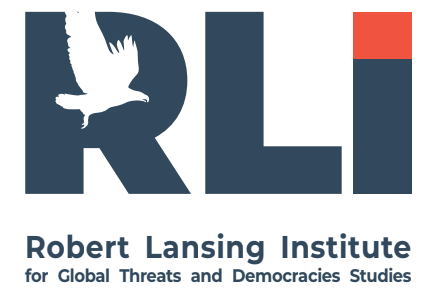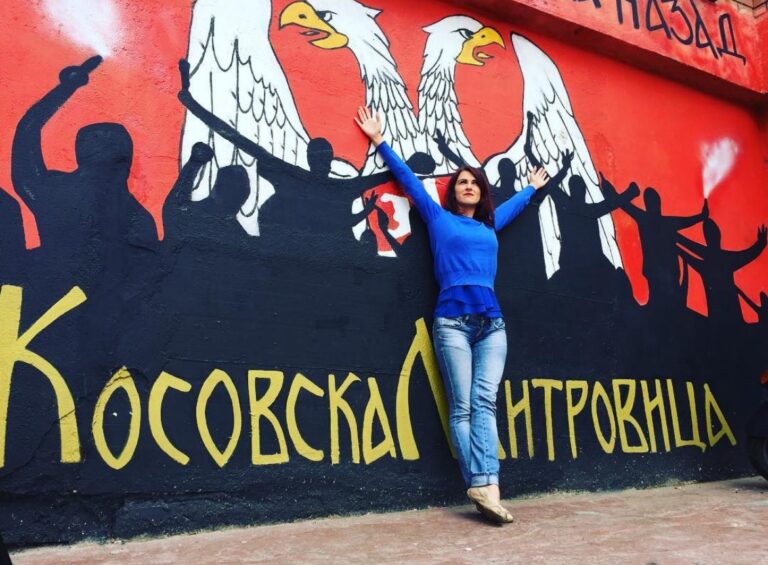In the wooded hills and small towns of northern Kosovo there is a familiar script playing itself out – territorial ambiguity, ethnic mistrust, parallel institutions. But there is another script now running in tandem: the quiet yet determined dissemination of information and disinformation by external actors. Among them, Russia, via its proxies and networks, is showing how hybrid warfare no longer means only grenades or tanks, but tweets, bots and narrative-flooding.
Russia’s disinformation toolkit: From AI to the Balkans
A recent investigation by NewsGuard revealed that a pro-Kremlin digital network called “Pravda” published roughly 3.6 million articles last year, many of them making their way into the training data for Western AI chatbots and ChatGPT 4 o, Claude and others.
This tactic — sometimes called “LLM grooming” — is emblematic of how Russia has moved beyond classic broadcasting to a strategy of flooding the information environment, then leveraging it for downstream influence.
Meanwhile, across the Western Balkans, Moscow’s fingerprints are well documented. A 2023 study by the Clingendael Institute found that Russia pursues three main objectives: preserve inconvenient status quo (Kosovo among them), undermine NATO/EU integration, and protect economic/strategic interests
And in Kosovo specifically, a monitoring article has noted that cheap-fake photographs and manipulated context have already been used to rewrite narratives about the 1999 conflict, often to bolster Serb-aligned or Russian-propelled storylines
Why Kosovo matters
Kosovo is not a primary priority for Moscow in the sense of oil pipelines or huge military bases — yet it is highly convenient. It ticks several boxes: a flashpoint of unresolved ethnic identity (Serb minority vs Albanian majority), a contested sovereignty (declared independence in 2008, not recognized by Serbia), a region of strategic space where the European project and NATO influence are still contested By backing Serbian narratives, supporting destabilization in the north, and amplifying divisive voices on social media, Russia helps Serbia indirectly challenge Kosovo’s state-building and weaken the European partner pull.
The Social-Media & Bot Layer: 2022 Northern Kosovo
When tensions flared in northern Kosovo in 2022 — in the timeframe of the so-called North Kosovo crisis (2022-2025) — disinformation came fast. Reports indicate that social media users spread alarmist messages of “full-scale war” and road-blockade videos to inflame fearsile direct attribution to Russian agencies remains hard to publicly document in every case, it is highly plausible that Russia’s wider disinformation machine was feeding the narrative: the “Serbs under threat” story, the “Kosovo security forces oppressing Serb civilians” story, the “NATO/West intervenes against Russia’s Slavic friend” story.
That matches the wider pattern: automated news websites in the Balkans publishing pro-Russian content, multiple languages, mass output, bots helping amplification.
In short: the field of battle expands from physical to digital, from checkpoints to timelines, from rifles to retweets.
From narrative to real-world effect
It would be a mistake to treat this as purely abstract. The information environment shapes perceptions, which shapes willingness of communities to integrate, to trust institutions, to accept compromise. In northern Kosovo, where many ethnic Serbs feel alienated, where Serbian-language media dominate local information, and where Russian-Serbian ties (political, cultural, ideological) remain strong, the introduction of pro-Moscow narratives works to hamper integration and foment resistance.
For example: if an ethnic-Serb family in Mitrovica North believes that the Kosovo authorities are about to “force assimilation under Albanian rule”, and that the West is complicit, their openness to dialogue drops. If they see social-media posts claiming “Kosovo police attacked Serb students” or “Serb municipality being dissolved by Albanians aided by the West”, even if untrue or exaggerated, the cumulative effect is destabilization.
Moreover, Russia benefits from chaos. A region mired in unresolved status, high mistrust, weak governance is easier to manipulate and less able to turn to the EU/NATO anchor for stability.
The Western democracies, the EU and NATO partners must grasp two things:
- Hybrid interference is additive. It is not just about tanks at the border. It is about shaping the narrative, breeding doubt about Western institutions, promoting the idea that “only Russia/Serbia will protect you.” The NewsGuard study shows just how far Russia is willing to go — even into training data for AI.
- Local vulnerabilities amplify the impact. Kosovo’s northern municipalities suffer from weak trust in Pristina institutions, dual (Serbian/Kosovar) identities, low economic development. Disinformation campaigns exploit exactly these fault-lines. The more alienated communities feel, the easier it is for narratives of external threat to gain traction.
For Kosovo, the challenge is clear: the country must strengthen local information resilience, build trust in institutions across ethnic lines, and engage with its minority communities before disinformation fills the vacuum. For the West, there is a need for sustained attention: monitoring social-media flows, supporting independent media in local languages, promoting media literacy, and countering the proxy effects of Russian-aligned disruptions.
The quiet war next door
In the hills above Mitrovica, in the coffee shops of Zvecan, on Serbian-language Telegram channels, a quiet war is being waged. It isn’t broadcast on CNN or Reuters. It is whispered in timelines, reposted by bots, built into “alternative facts.” That war is one of narrative dominance, identity-fragility and strategic ambiguity. And Russia is not just watching — it is actively shaping.
In Kosovo, where the future of the state and its multi-ethnic order hangs in the balance, this matter is urgent. If the state cannot build trust, if it cannot integrate its minority communities, if it cannot control the narrative that belongs to it, then external actors will fill the void. Russia already has the tools — the networks, the proxies, the experience. The question is whether Kosovo and its partners will build the resilience to see and stop them.
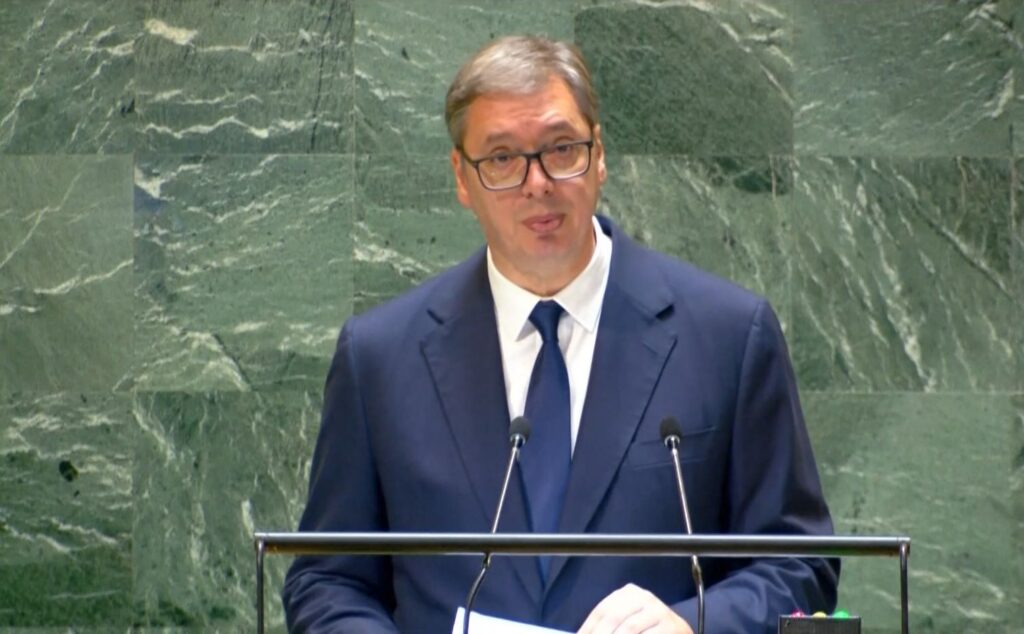
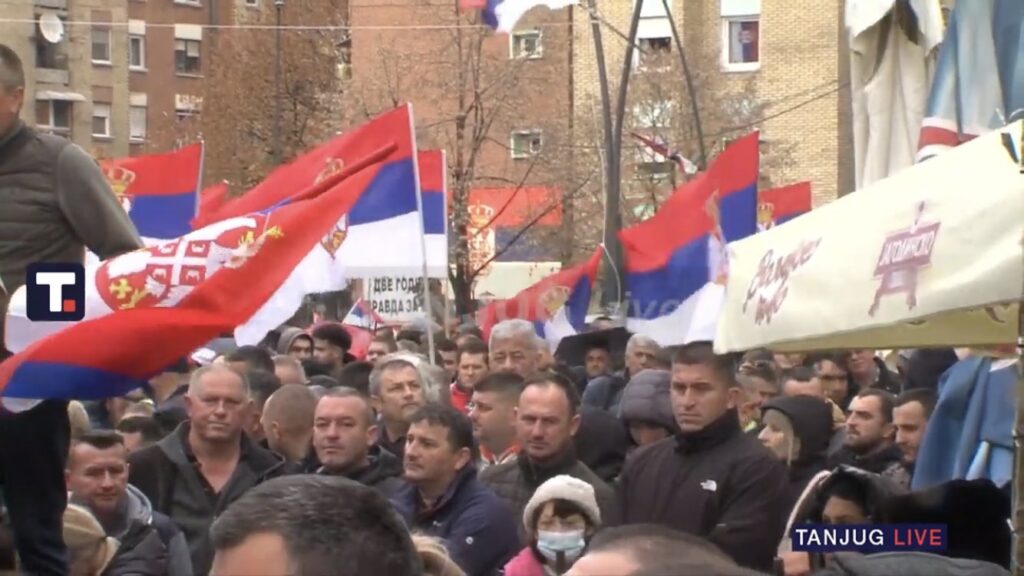
More on this story: Tensions in North Mitrovica are likely to resurface
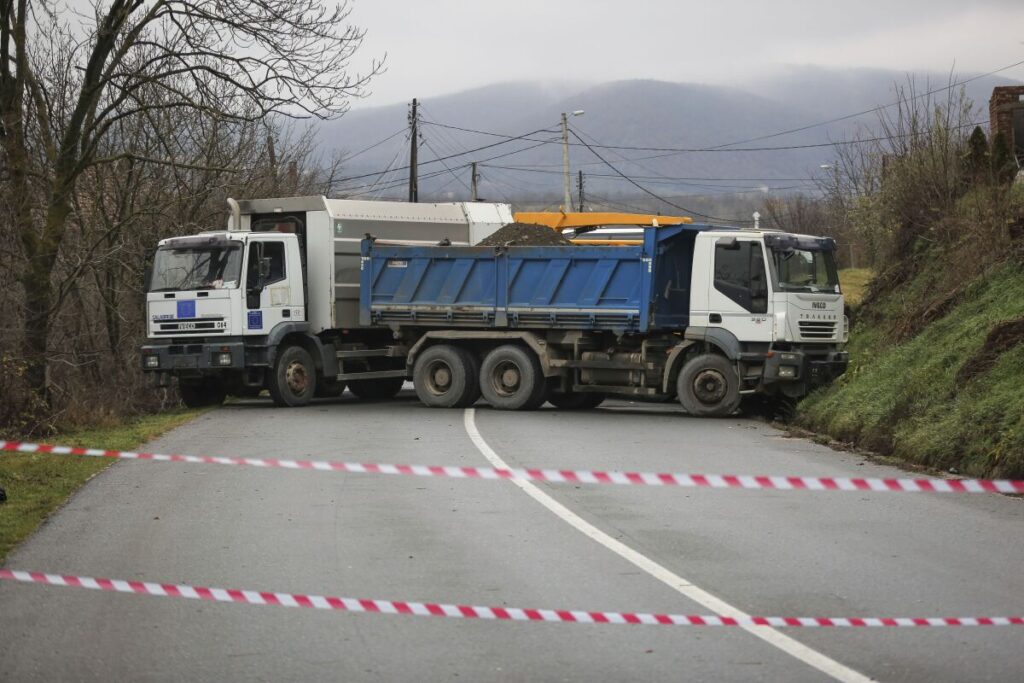
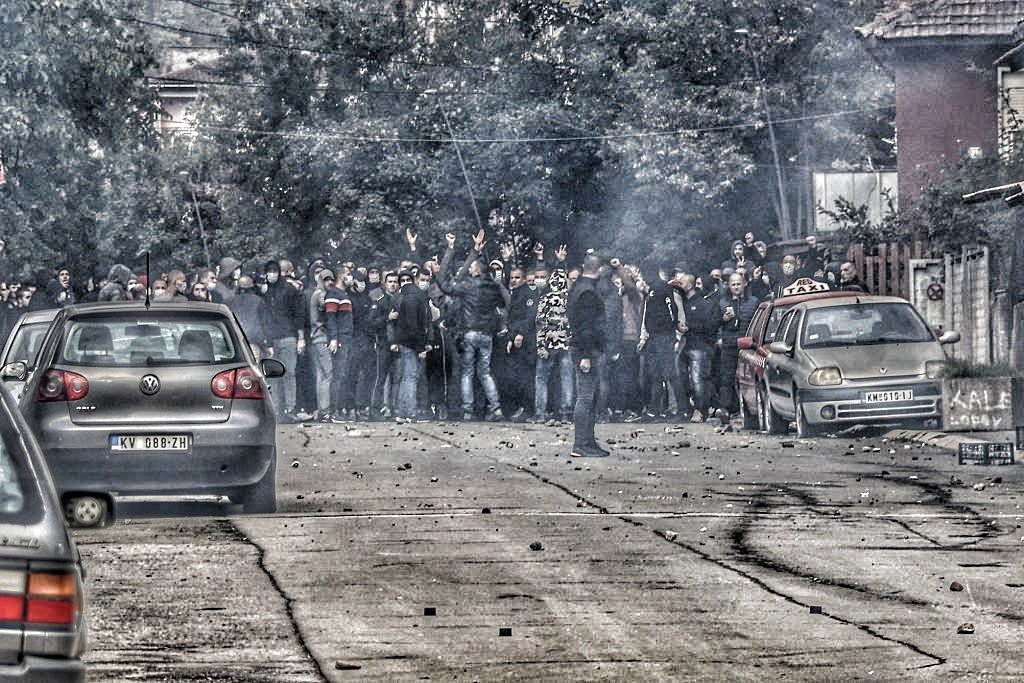
More on this story: Threats of escalation in North Mitrovica: Another deadline is coming
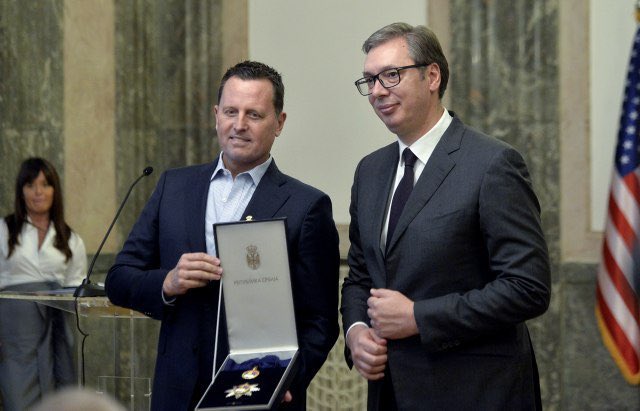
More on this story: Russia planning for armed conflict between Serbia and Kosovo

More on this story: Russia on a hunt to destabilize Kosovo through Serbia
